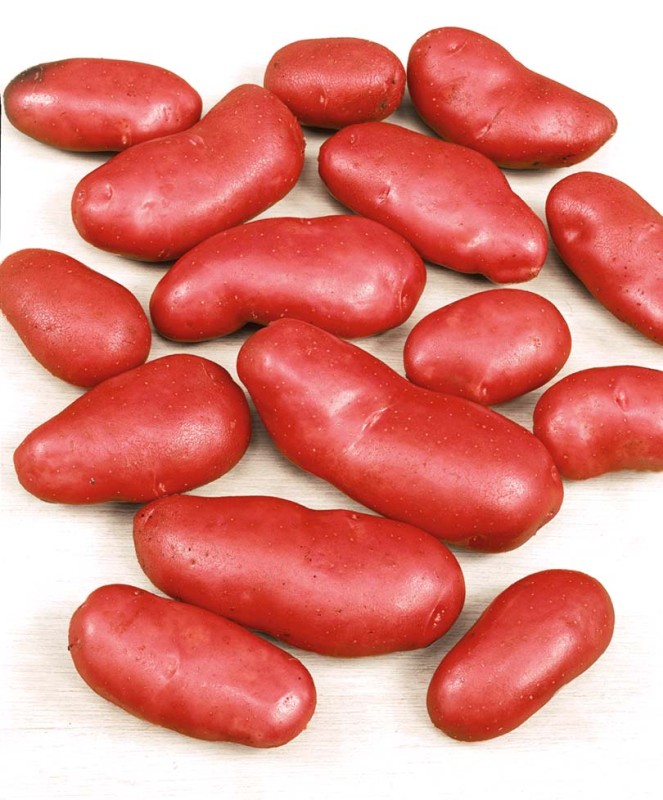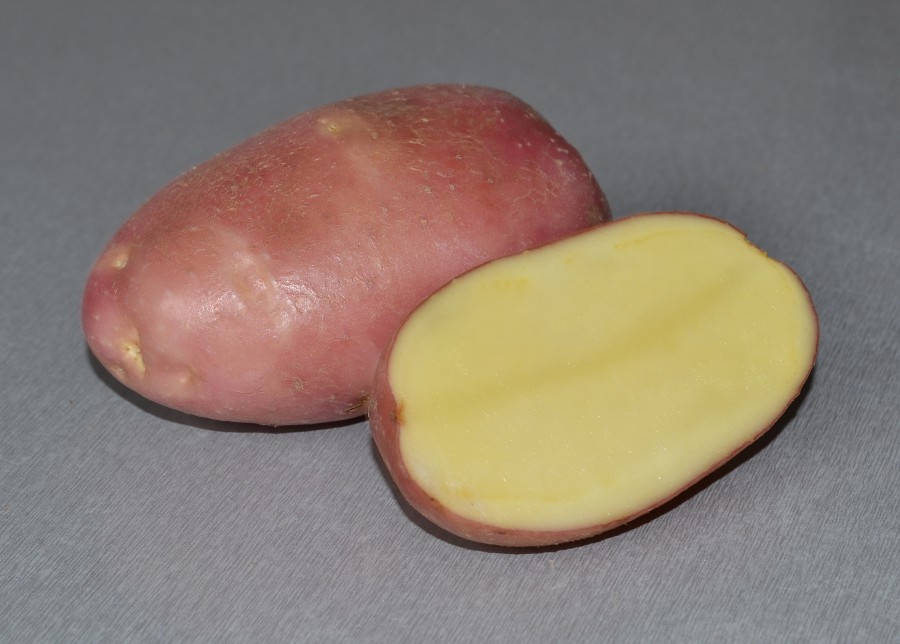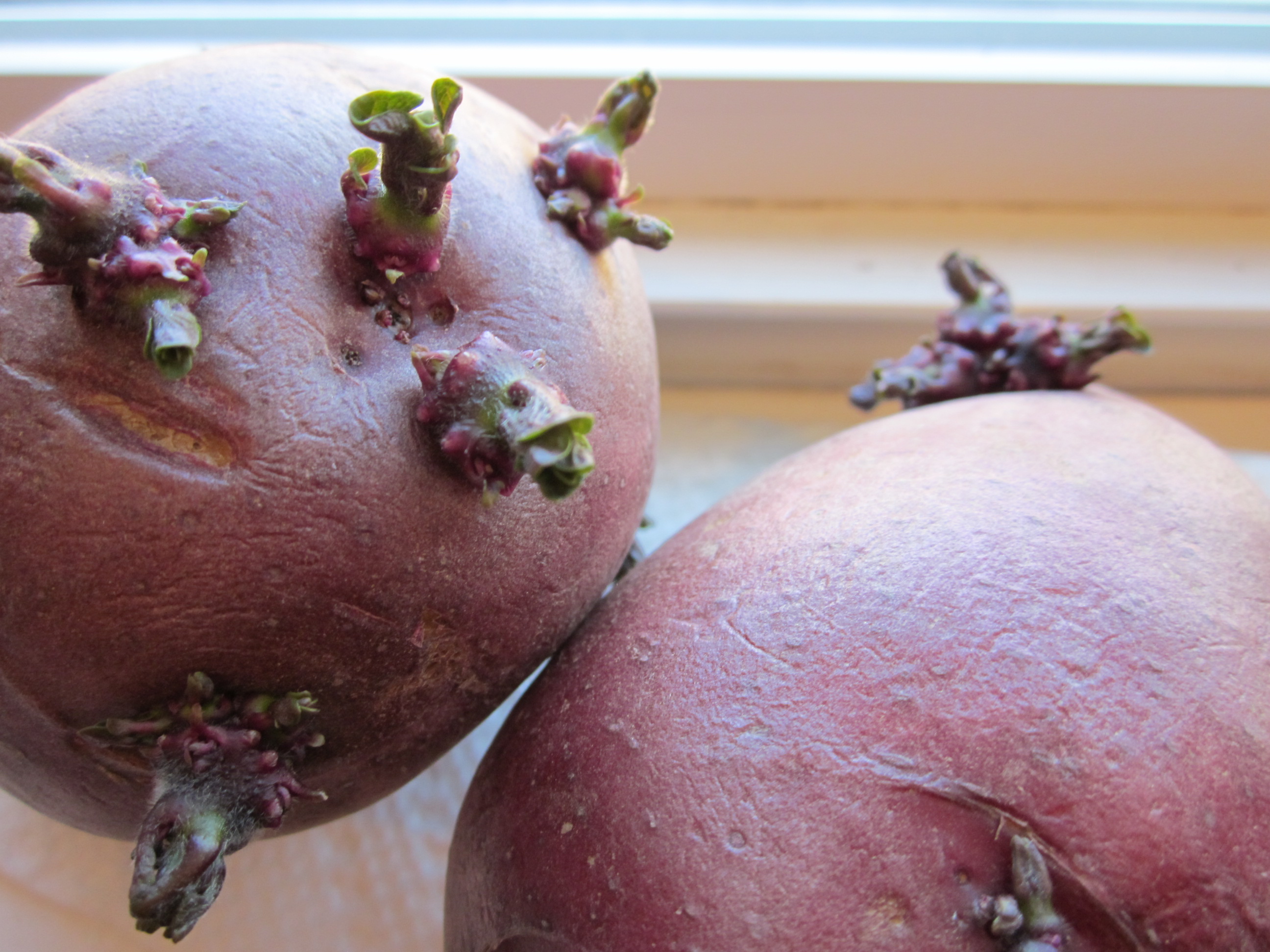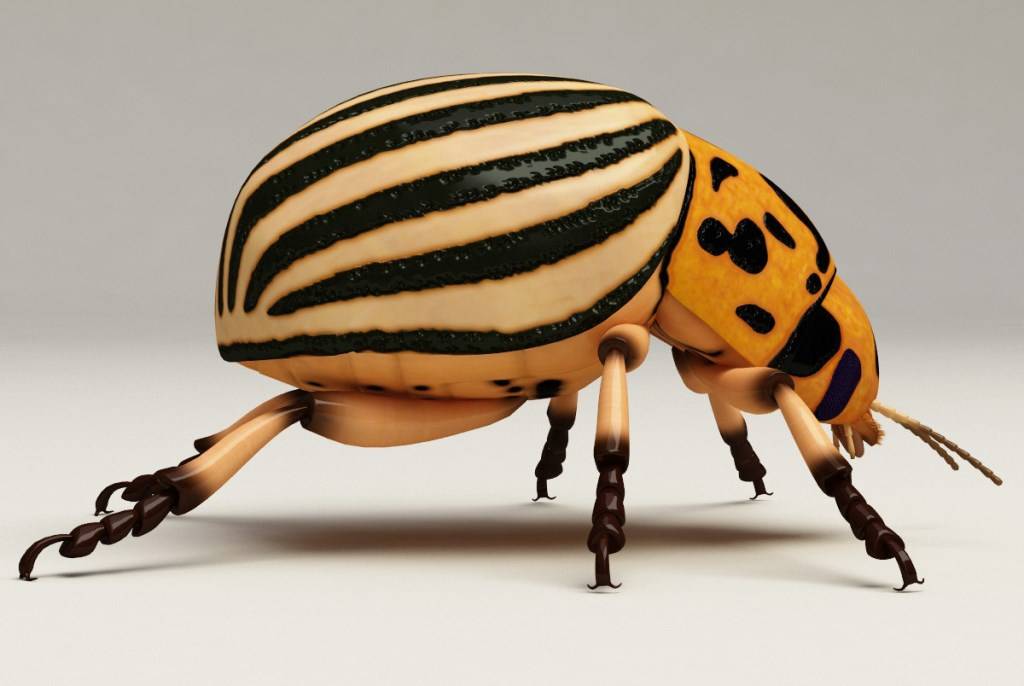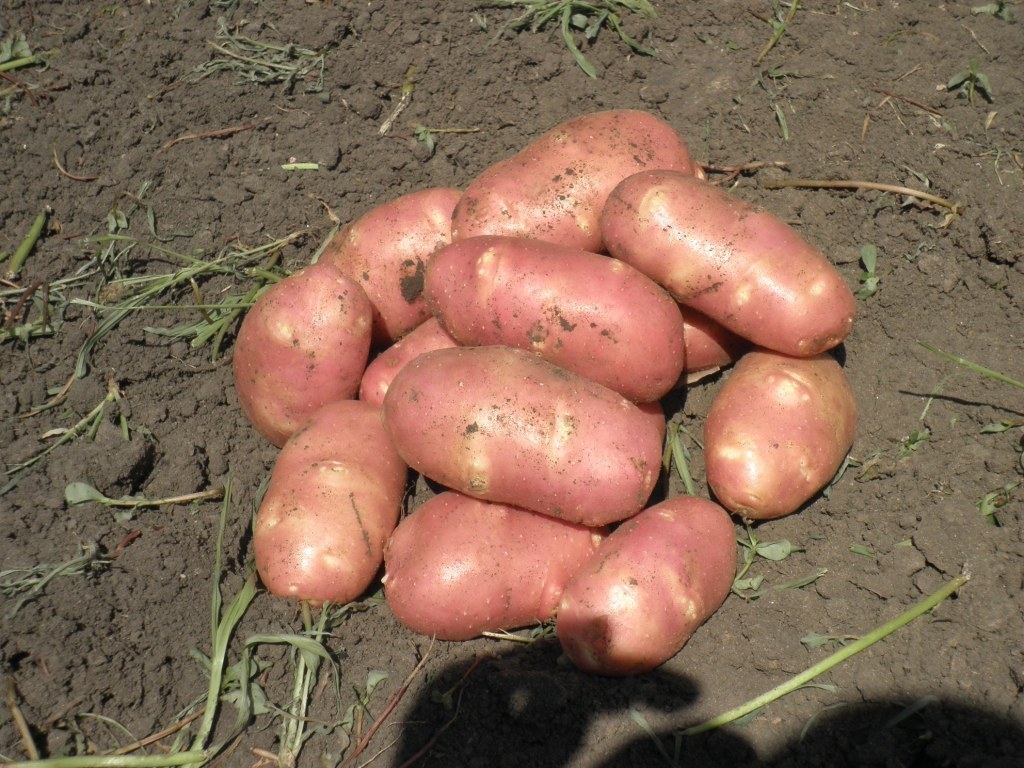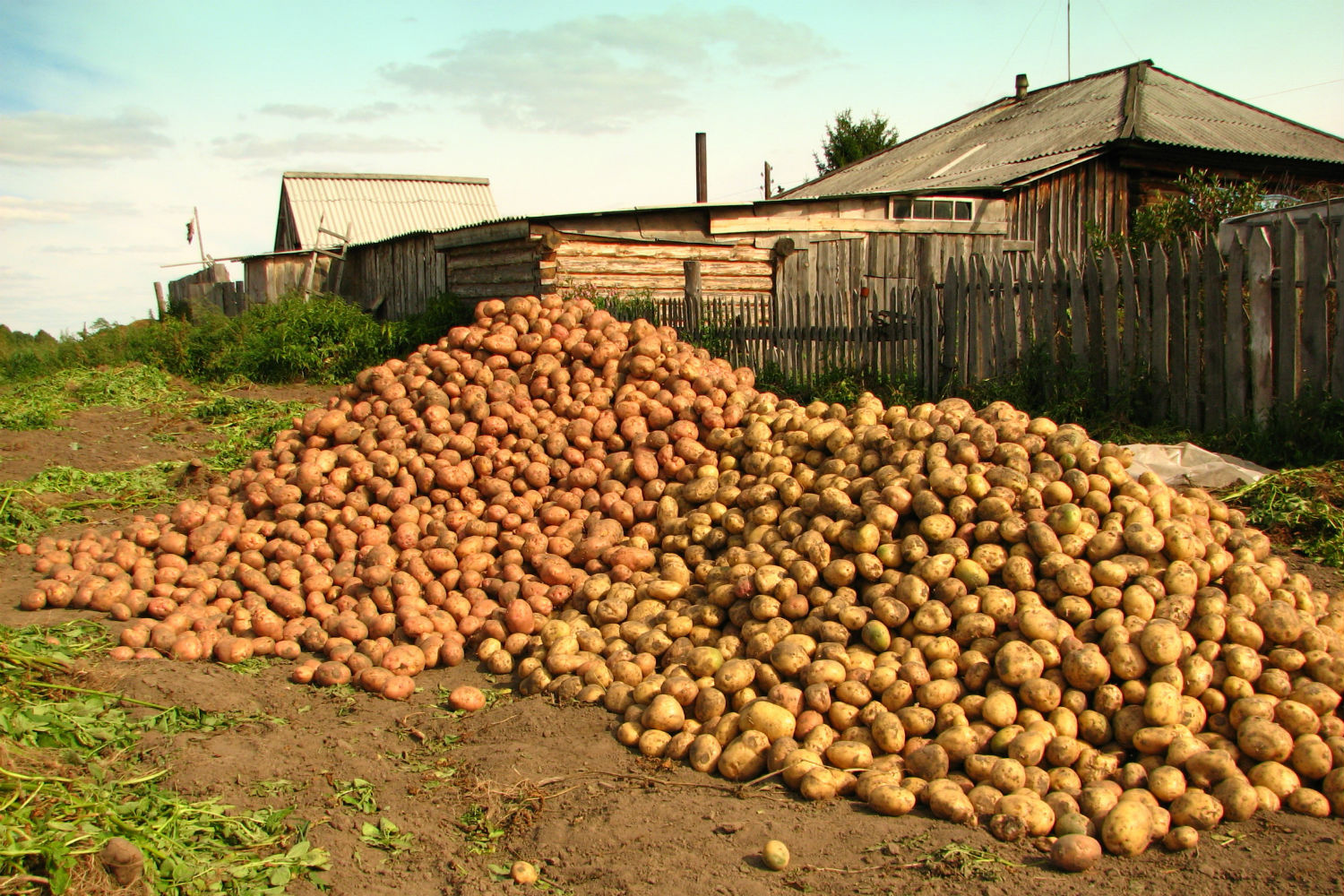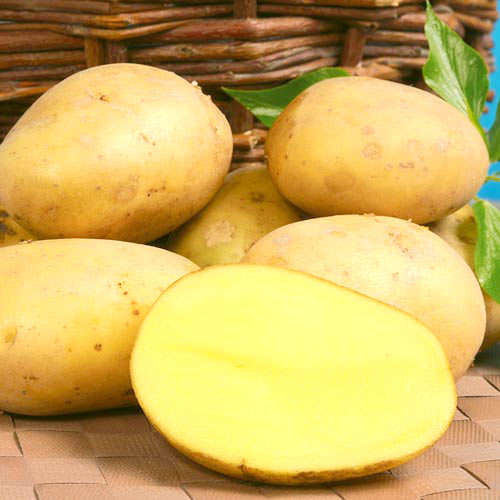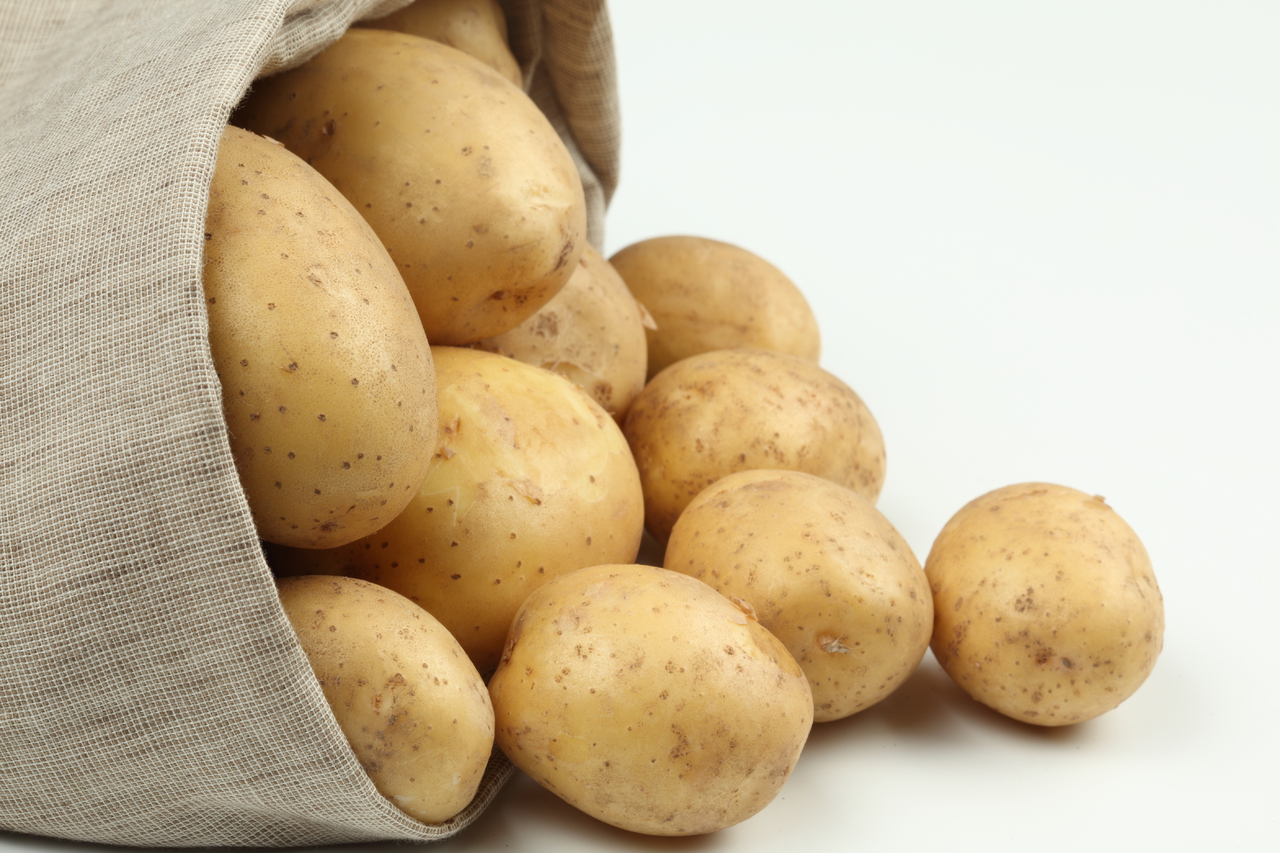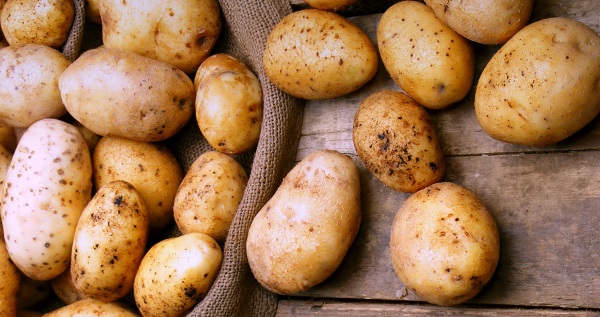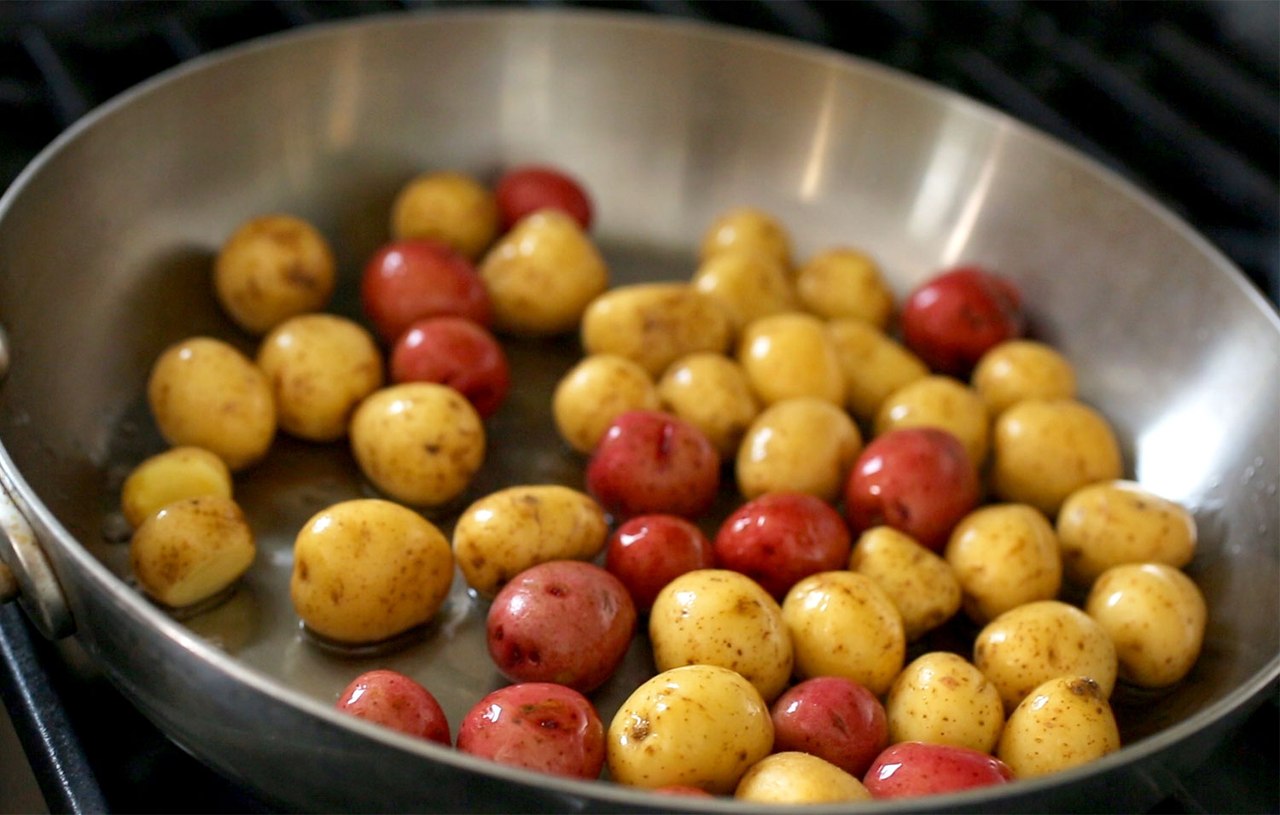Content:
Dutch potatoes are in high demand among domestic gardeners. This is not surprising - Dutch breeders are always on top. Red Scarlett is one of their best creations.
The history of the creation of the variety
If we turn to the history of the creation of the variety, one cannot but recall that it was bred at the turn of the 20th and 21st centuries by the breeders of HZPC Holland B.V.
Almost immediately after the testing of the novelty was completed, the material got to Russia. As a result, after a few years of planting Red Scarlett potatoes, it could be found in a number of regions of the country.
The variety was named after Margaret Mitchell's novel Gone with the Wind. The creators of the potato relied on a play on words - red and scarlett. Translated into Russian, these words mean, respectively, "red" and "bright scarlet" (and that is what the color of root crops is), and the heroes of the novel were called Rat Buttler and Scarlett O'Hara.
Description of the variety
Potatoes have semi-erect and fairly low bushes of an intermediate type. The leaves are green, slightly wavy, of medium size. It blooms with red-violet (in rare cases, light lilac) inflorescences. The tops are distinguished, on the one hand, by their density, and, on the other, by their compactness. Moreover, its development and final formation takes place very quickly.
With proper care, you can collect at least 20 potato tubers from one bush. In general, the yield is assessed as quite high.
Interesting. Since the potato variety Red Scarlet is not prone to overgrowth, the beds with it look very neat even with minimal maintenance.
The potato tubers of this variety are oval, slightly elongated, with a thin raspberry skin around the edges. The skin is very thin, in most cases smooth, but on some specimens it may be slightly rough. There are not too many eyes on the tuber, and they are quite dark. The raw flesh of Scarlet potatoes is either pale yellow or white. The weight can vary from 50 to 120 grams. Up to 20 fruits can develop in one nest at the same time.
This varietal potato is characterized by high taste characteristics and good yield, for which it is so highly valued.
Scarlett potatoes are widely used, so they can rightfully be classified as universal table varieties. If the plant creates ideal conditions for growth, at least 35 tons of harvest can be obtained from 1 hectare of area.
Interesting. Initially, potatoes were brought to Europe from America. His popularity was not great. Only after someone guessed to subject the vegetable to heat treatment, people were able to appreciate the product, which today is a familiar guest on the table in many countries.
Scarlet potatoes are early ripening varieties. The first crop is harvested within a month and a half from the moment the planting was carried out. The main collection is carried out a little later - about 70-80 days, depending on weather conditions.
Varietal potatoes are not too susceptible to most potato infections: late blight, golden nematode, etc. This allows Red Scarlet potatoes to be planted without the use of chemicals.
This early variety also tolerates the lack of watering quite tolerably. It is often planted in southern regions where drought is not uncommon.
It is necessary to separately stipulate the resistance of potatoes to various kinds of mechanical damage. This characteristic is especially relevant if the crop is harvested using technology.
Red Scarlet potatoes are stored, in accordance with the characteristics, for a very long time. It is excellent for harvesting large quantities for the winter.
Cultivation techniques and care
Soil preparation for spring planting of potatoes begins in autumn. After harvesting, the soil is plowed or dug up, organic fertilizers are introduced into it (most often humus or peat).
Important! Before planting potatoes and after harvesting, it is recommended to plant legumes on the site. They have a beneficial effect on the condition of the soil. This is a fairly old way that our ancestors used without access to chemical fertilizers.
Before planting potatoes, the tubers are germinated without fail. Medium-sized tubers are usually chosen as planting material. They must be strong and healthy. But the most important thing is that in no case should there be a single hint of rot on the tubers. For germination, they are left in a warm place for a while. The place must be sufficiently light, otherwise the sprouts will be too thin.
If the tubers are cut into pieces before planting, they must be allowed to dry for several days. Ignoring this recommendation can lead to rotting of the tuber in the ground. It is equally important that several eyes remain on each part for landing.
A few days after being in such conditions, sprouts begin to break through from the eyes on the tuber. When their length becomes at least five centimeters, it will be possible to transplant the plant into open ground.
Planting of this vegetable crop is done early enough. This is usually done at the end of April or at the very beginning of May. The most important thing is that the earth has time to warm up to + 10 degrees. In such conditions, the plant adapts and takes root very quickly.
Pits for potatoes are made a little more than 10 cm deep, the distance between them should be at least 70 cm.It is important to keep a gap of 1 meter between the rows.
When planting, be sure to add a small amount of calcium to the ground. It is usually sufficient to put some crushed chicken egg shells into each hole. Potatoes are placed directly on the shell, sprouting upwards. The soil dug out when creating a new hole is covered by the previous ones. At the end of planting, the ground should be carefully leveled with a rake.
Plant care is based on watering and loosening. The quality and volume of the harvest directly depends on the timeliness of the indicated manipulations.
If Red Scarlett's potatoes run out of water, the crop will simply stop growing.
In order for moisture to nourish the soil sufficiently and reach the roots, the soil must be loosened. At the same time, the size of the bumps or beds during hilling should, on average, be slightly higher (by about 10 cm) than that of other potato varieties.
It is equally important to remove weeds in a timely manner and collect the Colorado potato beetle (for industrial planting, treat the plants from it with special preparations).
This type of potato is not very susceptible to diseases, but for preventive purposes it should still be treated with insecticides and fungicides. For example, remedies such as Maxim or Celeste Stop will perfectly help against late blight on tops. The effect of their use lasts on average about two weeks, after which the procedure will need to be repeated without fail.
When using chemicals, it should be remembered that it will be possible to start eating the harvested tubers only after all toxic substances have been removed from the fruit.As a rule, the period of their complete disintegration is written on the instructions for the composition.
Those who are fundamentally opposed to the use of chemicals can use folk remedies in pest control. For example, ash, laundry soap or ammonia.
Approximately 10 days before the moment of digging the crop, all tops are removed from the field or beds, leaving only small stumps as markers showing where in the future it will be necessary to dig. The described procedure is necessary in order for the peel on the tubers to harden a little. This will provide a longer shelf life for the crop.
Advantages and disadvantages
Having carefully studied the description of the Red Scarlett potato, one can single out the following undoubted advantages:
- pleasant taste;
- a relatively low content of starch in potatoes - up to 15% (thanks to this, the tubers do not boil down during heat treatment);
- ease of growing and running;
- does not darken when exposed to air;
- long shelf life (while the taste characteristics of potatoes do not change over time);
- the content of vitamins A, B, C, H and potassium;
- preservation of a presentation for a long period.
Among the few shortcomings of the variety, one can name an insufficiently high resistance to diseases such as late blight of tops and scab. In addition to compacting the skin of tubers, it is for the prevention of late blight that it is recommended to harvest the tops some time before the start of harvesting.
Despite the unpretentiousness of the plant, the warm and rather humid climate significantly contributes to the growth of Red Scarlet potatoes. For this reason, the variety is most often found within the central regions of Russia and in the southern regions.
As a planting site for obtaining a bountiful harvest, areas with loose (not clay) soil accessible to sunlight are chosen. Red Scarlett does not have any particular specifics in terms of planting and leaving - everything happens in the same way as with any other potato varieties.
Not many people know, but at home, in Holland, the variety was popular only for the first time, then its demand declined. But in our country, it has become very widespread, thanks to its unpretentiousness, high yield and resistance to cold weather.
